Excess solar power needs to be dumped into a lithium based battery (load). The battery's charging voltage is 54 V. The battery has protection for over and under voltage and upper current limt and that is not of concern.
This question asks for a circuit to make an adjustable current limiter based on a reference input voltage. The current limiting (i_l) changes as the voltage changes:
i_l = f(v)
Where f(.) is the limiting function implemented by the circuit and v is the controlling voltage and is in the range of 0.3 to 3 V. At v = 3 V, i_l is the maximum allowable current and is 35 A. At v = 0.3 V, i_l >= 0 A and thus as v is reduced, the current limit of the circuit is reduced.
I am aware that off the shelf programmable voltage sources are available, which allow adjustable current limiting, however I would like to implement this circuit myself.
This question is how to implement a controllable current limiter based on a reference voltage.
